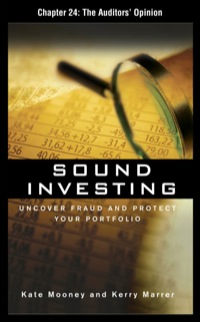5. How is materiality (or immateriality) related to the proper presentation of financial statements? What factors and measures should be considered in assessing the material- ity of a misstatement in the presentation of a financial statement? 6. What are the enhancing qualities of the qualitative charac- teristics? What is the role of enhancing qualities in the conceptual framework? 7. According to the FASB conceptual framework, the objec- tive of financial reporting for business enterprises is based on the needs of the users of financial statements. Explain the level of sophistication that the Board assumes about the users of financial statements. 8. What is the distinction between comparability and consistency? 9. Why is it necessary to develop a definitional framework for the basic elements of accounting? 10. Expenses, losses, and distributions to owners are all decreases in net assets. What are the distinctions among them? 11. Revenues, gains, and investments by owners are all increases in net assets. What are the distinctions among them? 12. What are the four basic assumptions that underlie the financial accounting structure? 13. The life of a business is divided into specific time periods, usually a year, to measure results of operations for each such time period and to portray financial conditions at the end of each period. (a) This practice is based on the accounting assumption that the life of the business consists of a series of time periods and that it is possible to measure accurately the results of operations for each period. Comment on the validity and necessity of this assumption (b) What has been the effect of this practice on account- ing? What is its relation to the accrual system? What influence has it had on accounting entries and methodology? 14. What is the basic accounting problem created by the mon- etary unit assumption when there is significant inflation? What appears to be the FASB position on a stable mone tary unit? 15. The chairman of the board of directors of the company for which you are chief accountant has told you that he has little use for accounting figures based on historical cost. He believes that replacement values are of far more sig. nificance to the board of directors than "out-of-date costs. Present some arguments to convince him that accounting data should still be based on historical cost. 16. What is the definition of fair value? 17. What is the fair value option? Explain how use of the fair value option reflects application of the fair value principle. 18. Briefly describe the fair value hierarchy. 19. Explain the revenue recognition principle







